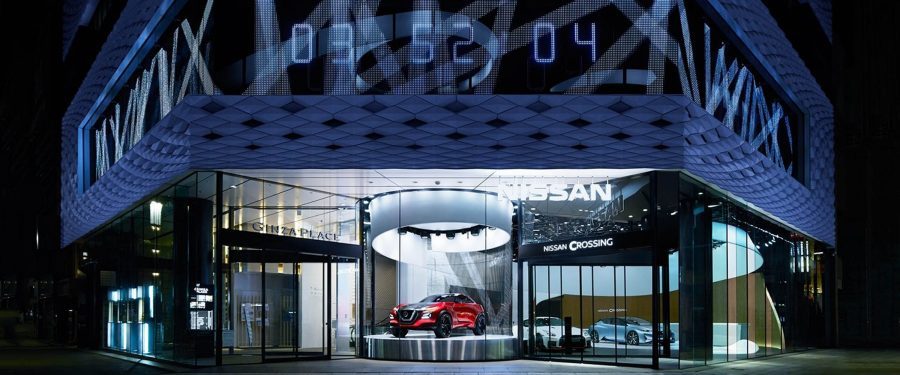INSIDE LOOKING OUT
MID-CENTURY MODERN DESIGN: WHO AND WHAT YOU NEED TO KNOW
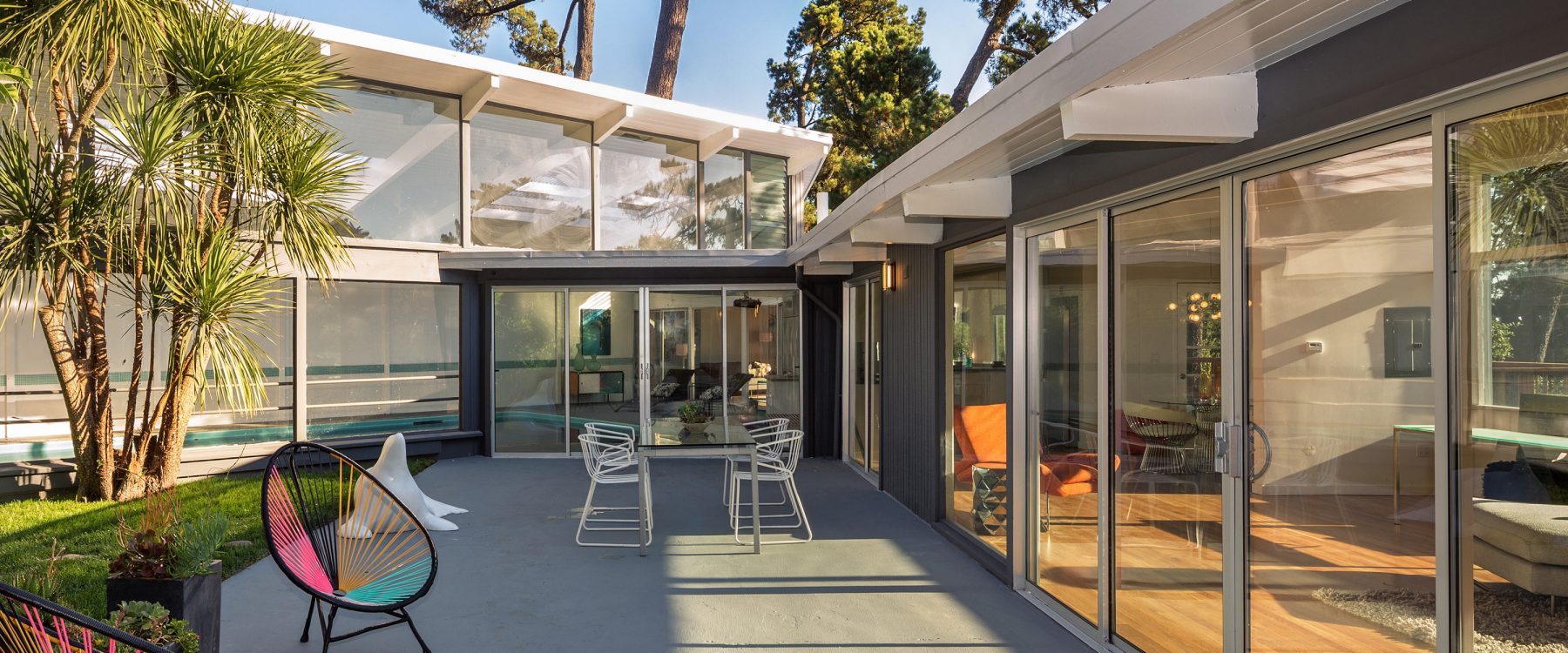
From screened-in porches to floating hotels, our desire to experience nature
in the comfort of shelter is an enduring tension.
The need for shelter is ancient; the luxury to invite nature back inside is the result
of early 20th century advancements in durable metals and stronger glass.
These new materials gave innovative architects exactly what they needed to radically
integrate the outdoors with our living spaces. The apex of this movement found
expression in the mid-century modern style, particularly in the United States.
Frank Lloyd Wright was one of the first American architects to rethink bunker-like homes
with few windows and bring us closer to our external surroundings. Inspired by how
Japanese culture assimilated nature into interiors, he sought an indoor/outdoor integration
with the Prairie School, a progressive American architectural style that rejected the formal
Greek and Roman designs of Europe. During the first two decades of the 20th century,
Wright promoted what he called “organic architecture.” This was the radical idea that the
home should celebrate the landscape it is in, rather than standing in contrast to it.
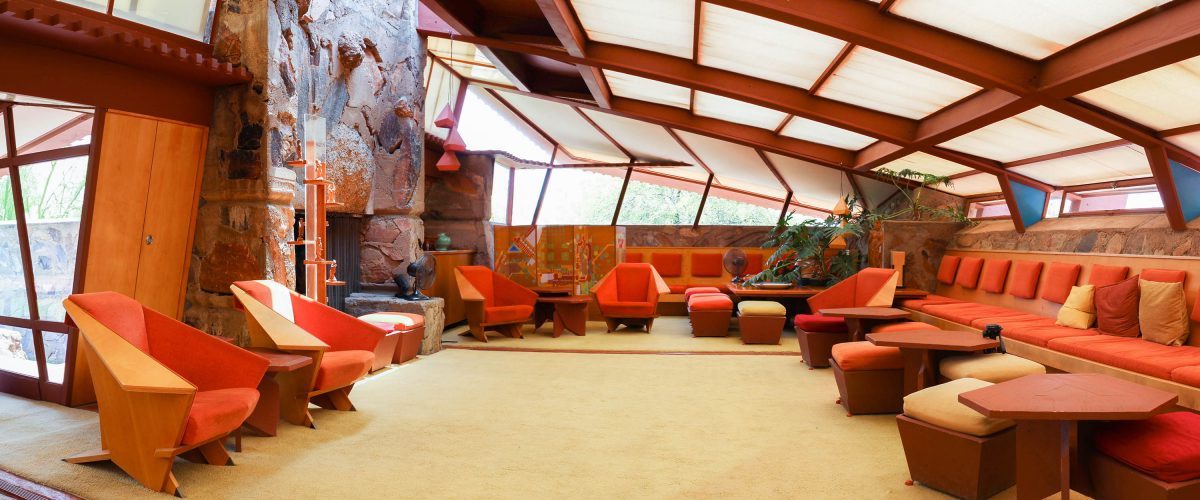
The International Style of the 1920s took things a step further, leaving behind ornament
and color but favouring clean lines and simplicity. Mid-century modern design saw these
ideals in their fullest expression. Breaking down walls to make way for open floorplans
and expansive windows blurred the line between the sanctuary of the indoors and
the wonder of the natural world.
As a rapidly growing metropolis in the 1930s and '40s, Los Angeles, Calif., became a sandbox
for architects, who were drawn by the open spaces, expanding need for housing, and the
availability of industrial materials.
Let's look at two exemplary mid-century modern homes in Los Angeles.
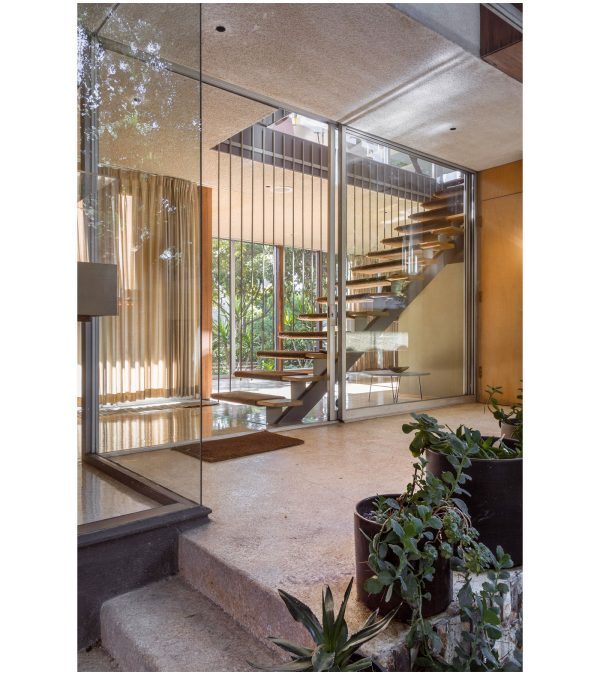
Photo by David Hartwell
NEUTRA VDL STUDIOS AND RESIDENCES – SILVER LAKE,
LOS ANGELES, CALIFORNIA
An architect at the beginning of their career better make their home extraordinary.
In 1932, Richard Neutra designed his house in a way that feels open yet solitary
with sweeping views. Located on a mere 60’ x 70’ (18m x 20m) lot, it rises two stories
tall with abundant glass, a reflecting pool, a basement, and a penthouse with
views of the nearby Silver Lake Meadow and Reservoir. The stairway serves as an
axis for the small rooms on each floor. The colors and tones are neutral, and the
furnishings are minimal. All this allows the senses to be saturated with light, air, space,
and water. Although the original was destroyed by fire in 1963, Neutra and his son
rebuilt the house. You can even visit, since the house and studio are open to the public.
For more info, go to neutra-vdl.org.
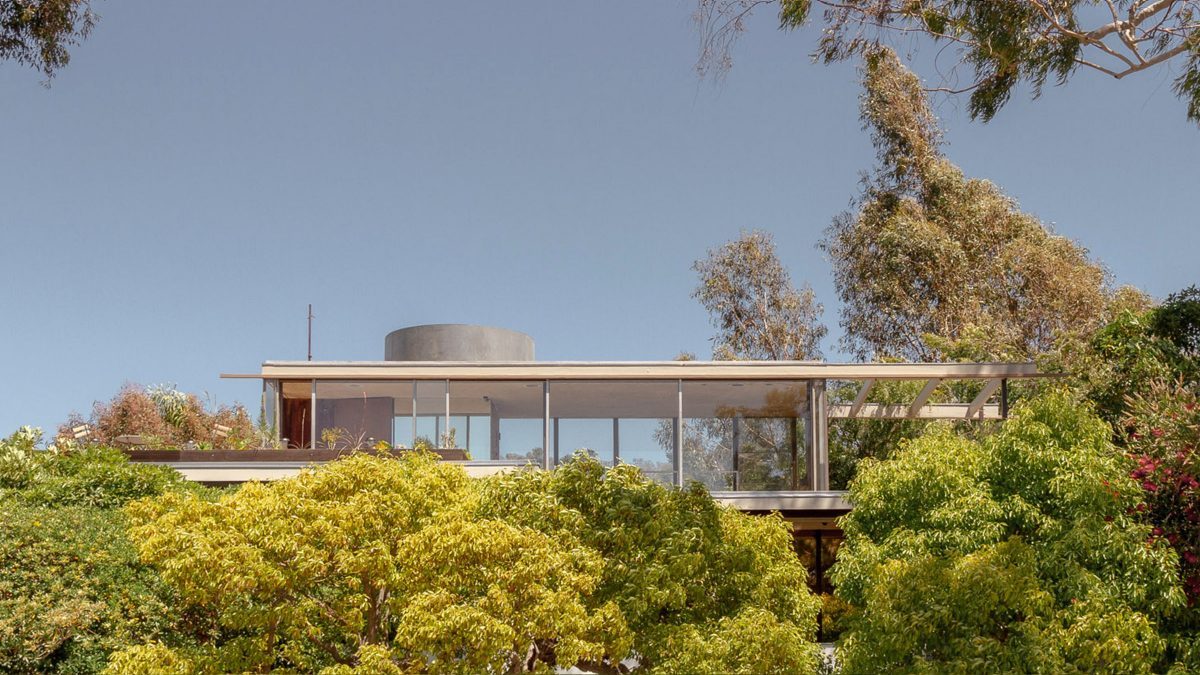
Photo by David Hartwell
CASE STUDY HOUSE #22 - HOLLYWOOD HILLS,
LOS ANGELES, CALIFORNIA
In 1957, CH “Buck” and Carlotta Stahl hired a young architect to design their
dream home. Built of exposed glass, steel, and concrete on a precarious hillside, the Stahl House would become a signature work. It was also part of the Case Study House program, an initiative by Arts and Architecture magazine that commissioned major architects to create inexpensive model homes as a response to the U.S. housing boom.
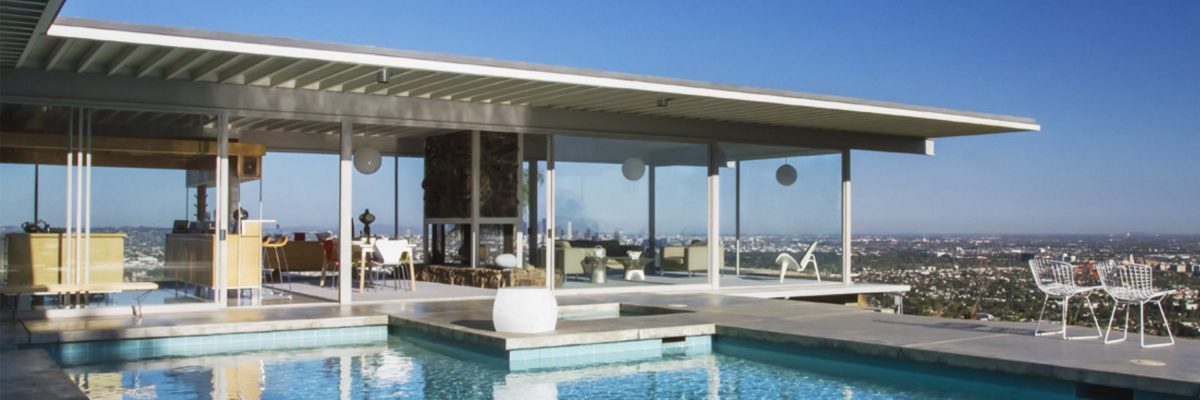
On a perch high in the Hollywood Hills, the tricky location pays off with spectacular views
of the mountains, downtown Los Angeles, and the Pacific Ocean. The design minimizes
anything that may come between you and the surrounding vistas, with glass walls on
three sides and, thanks to a cantilevered foundation, a living room that seems to float out over
the city. The daring design and location have made the Stahl House a modernist icon.
Showcased in films, television shows, and pictorials, the house has also become a Los Angeles
landmark. Its place in American culture was further cemented in 2013 when it was added to the
National Register of Historic Places.
Case Study House #22 is still owned by the Stahl family and is open for tours.
For more info, go to stahlhouse.com.
YOU MAY ALSO LIKE
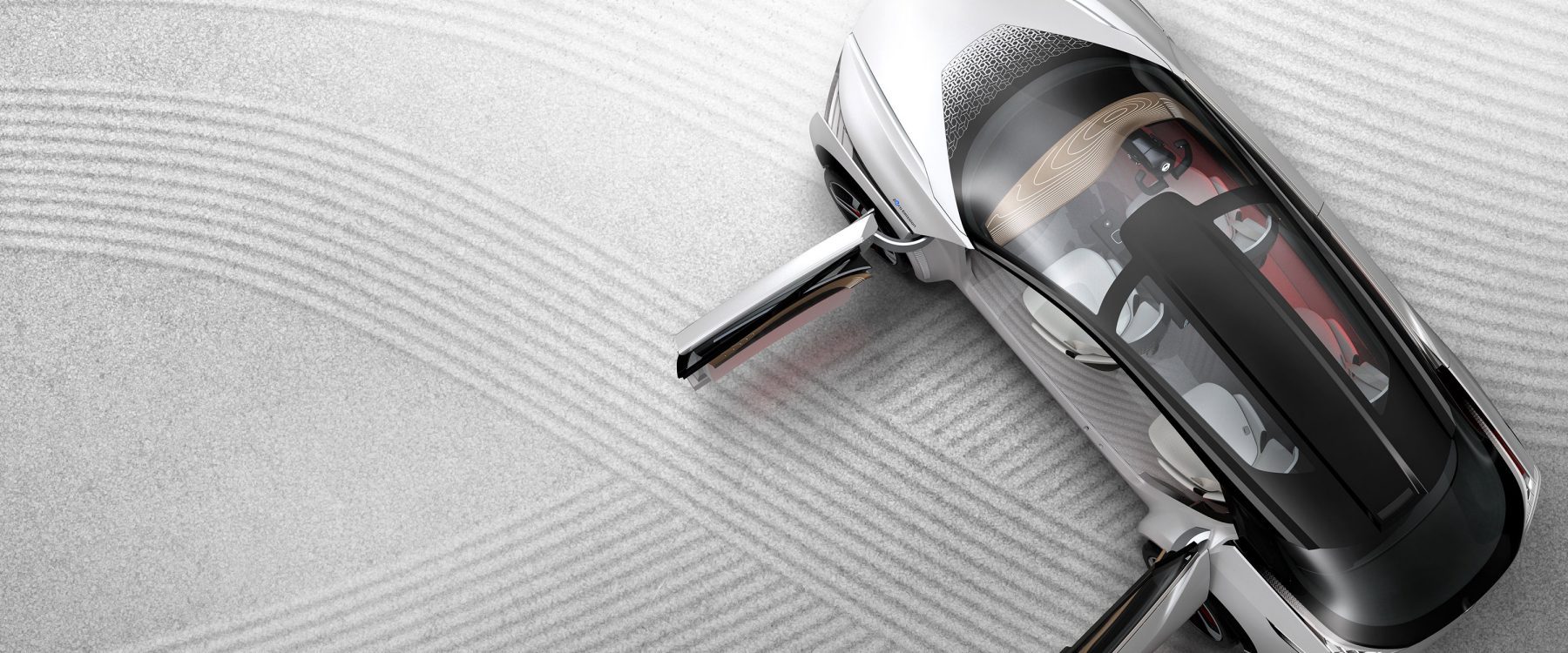
#DESIGN #NISSAN INTELLIGENT MOBILITY


